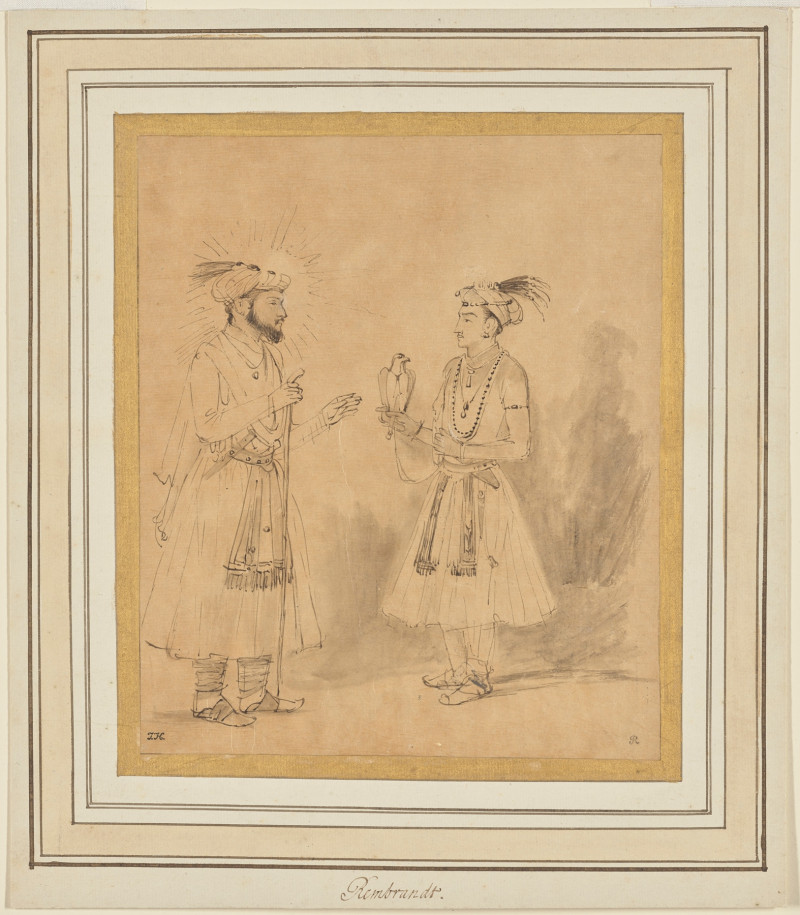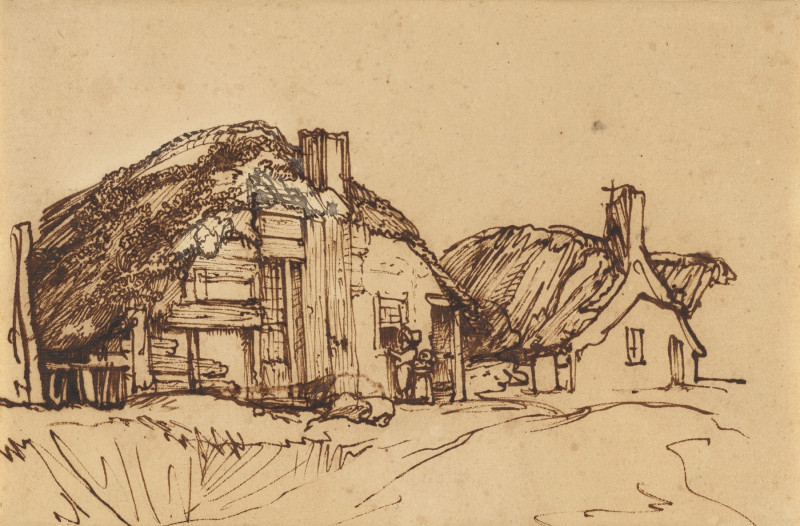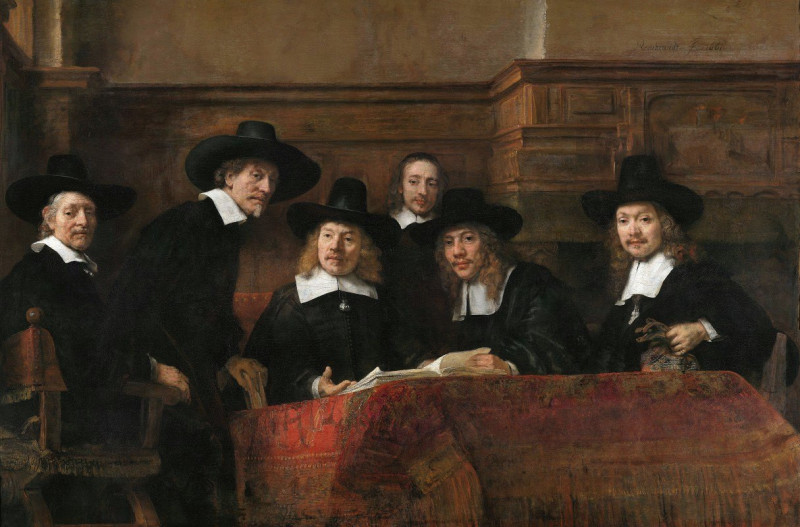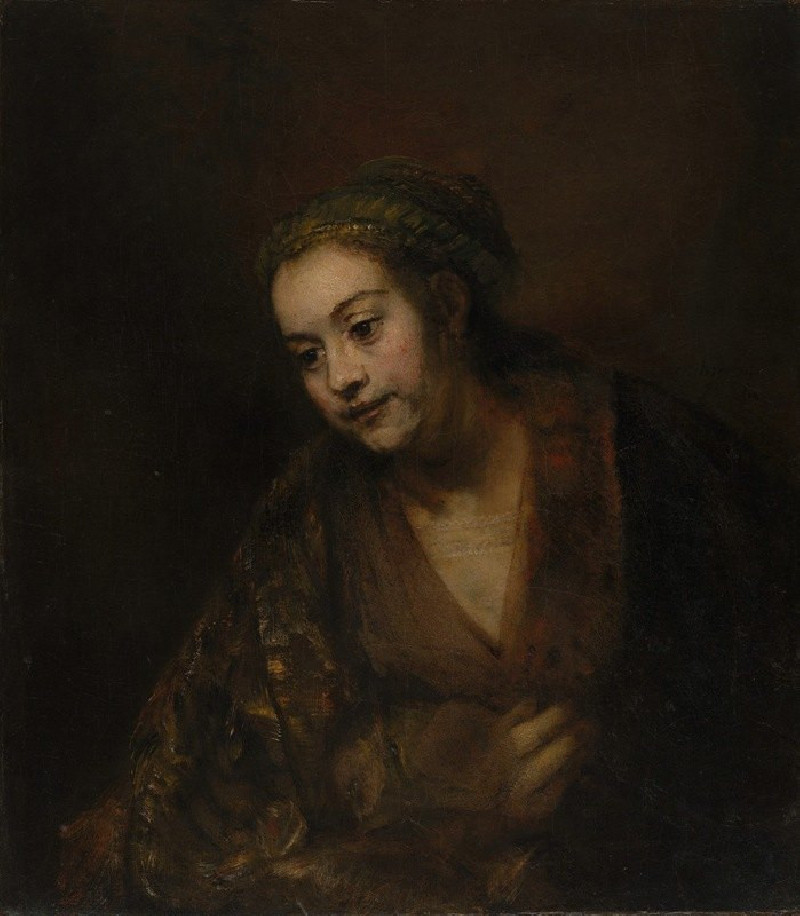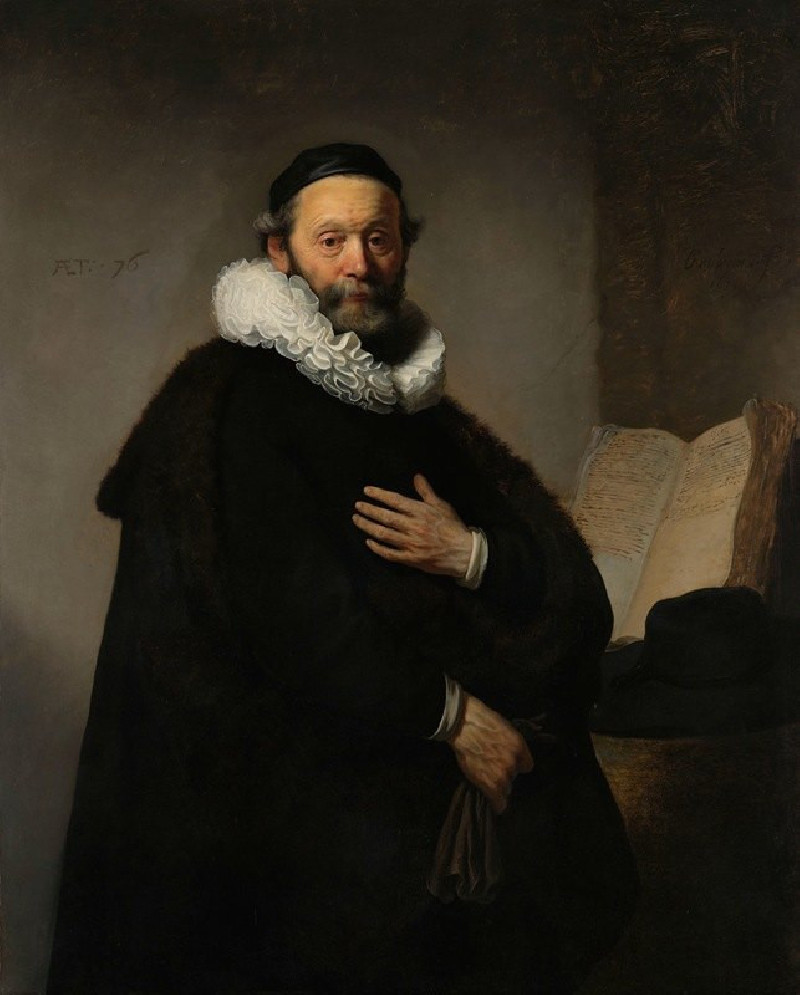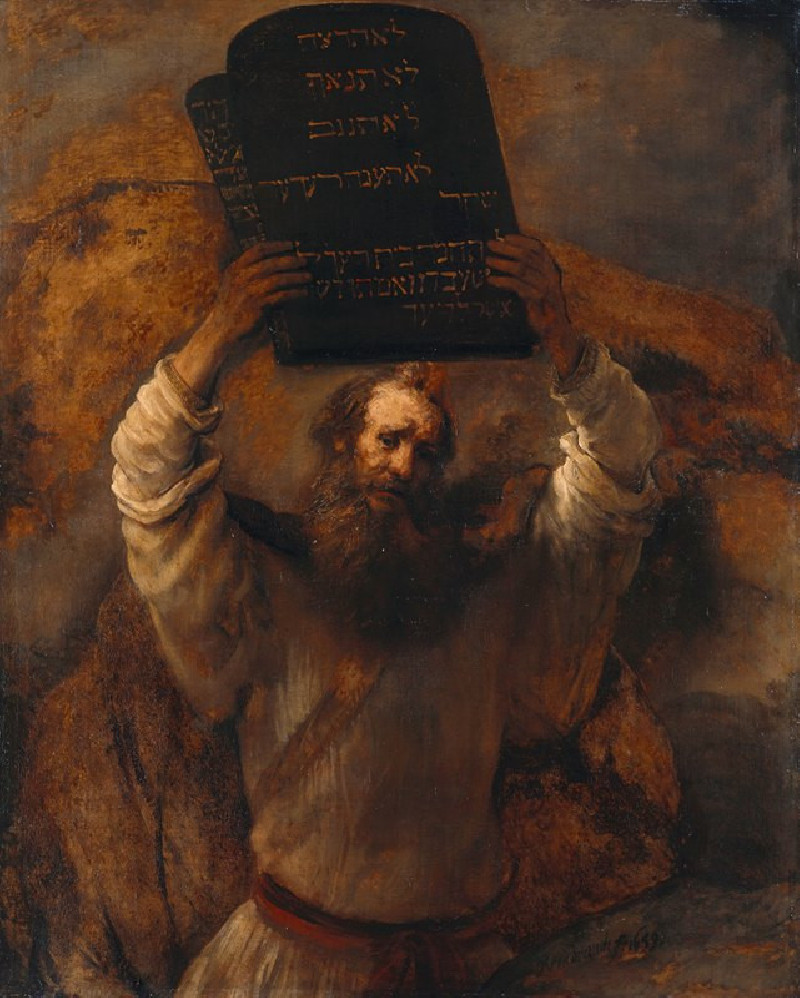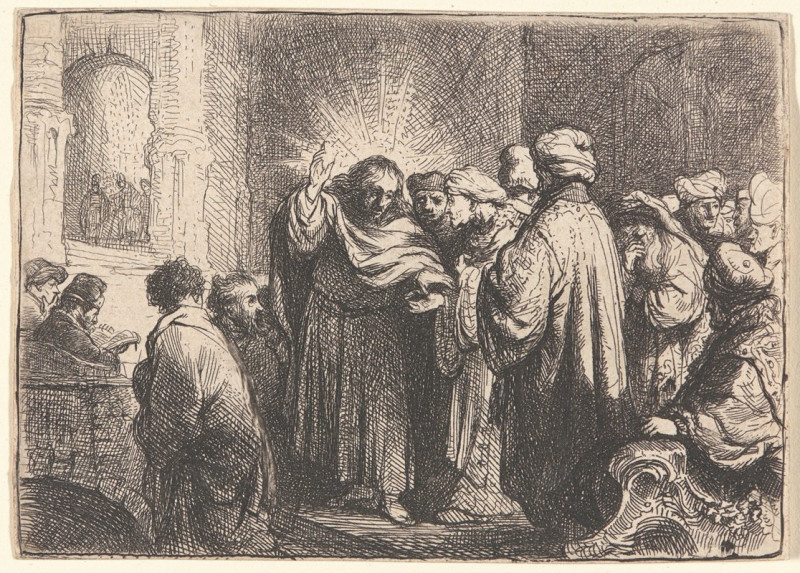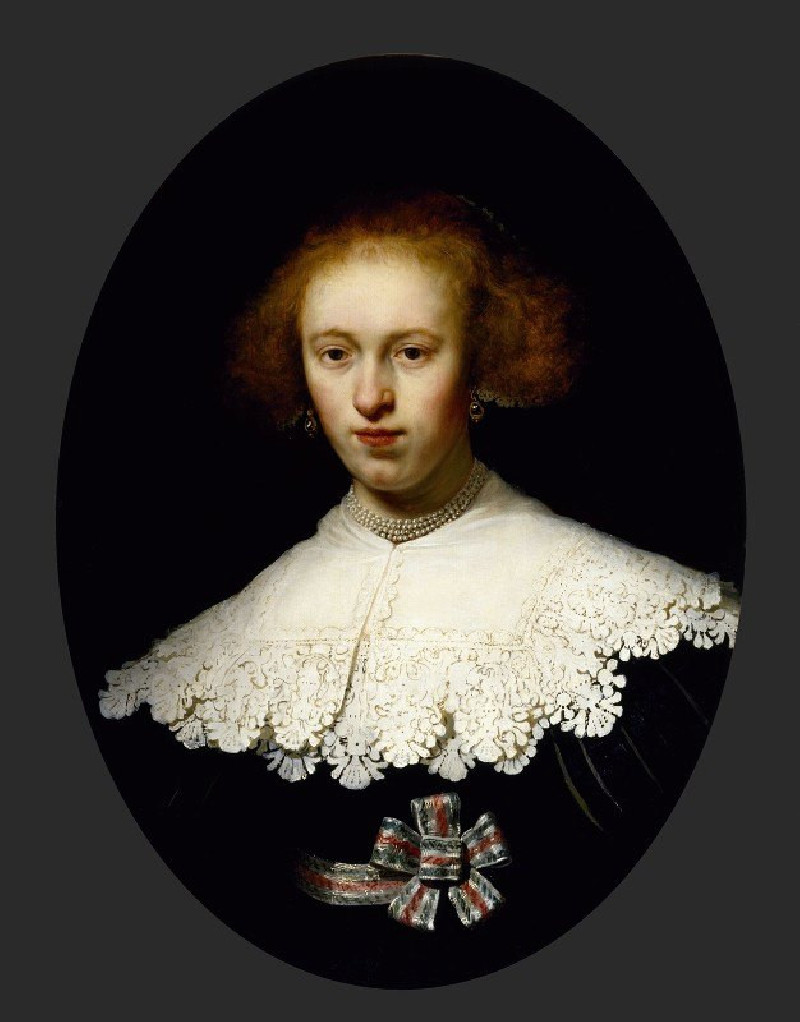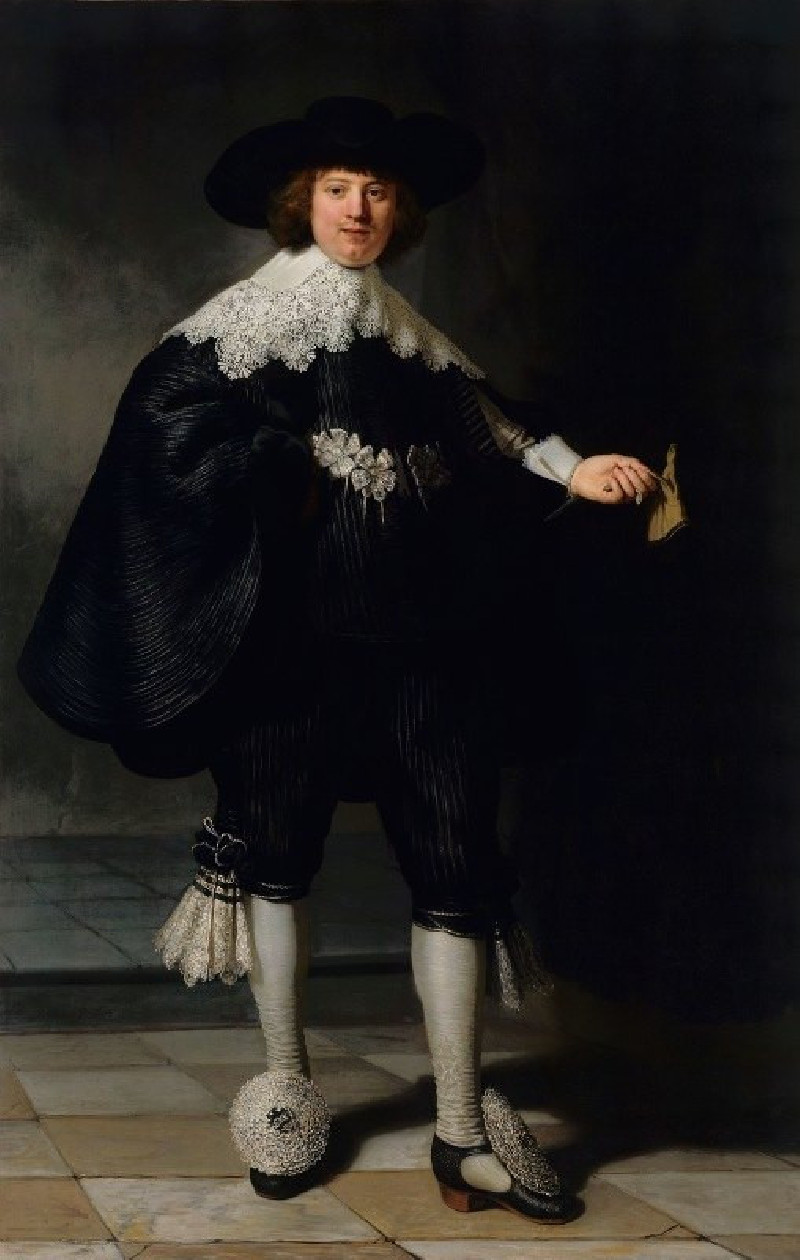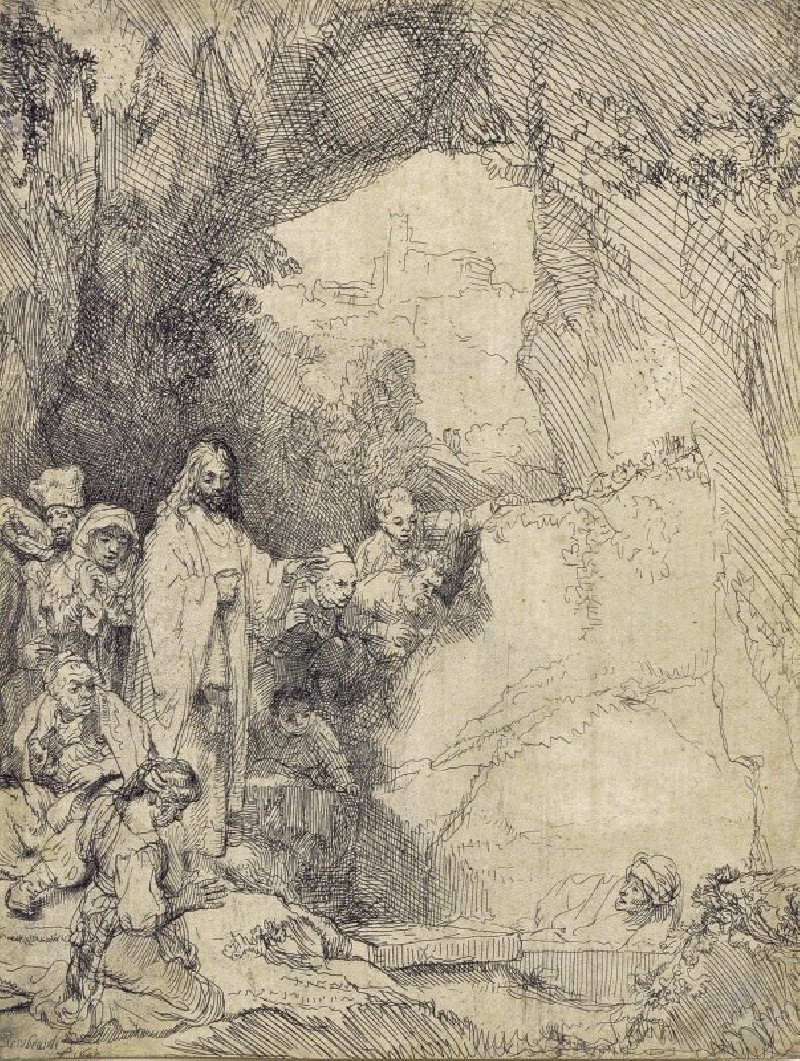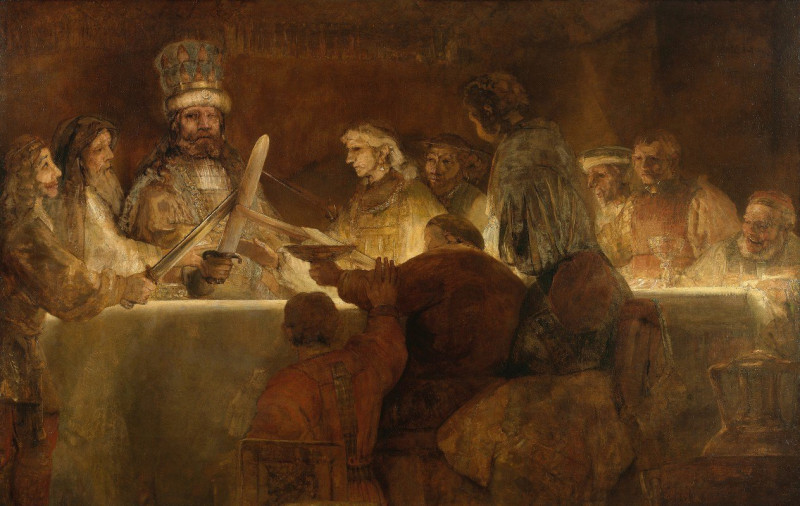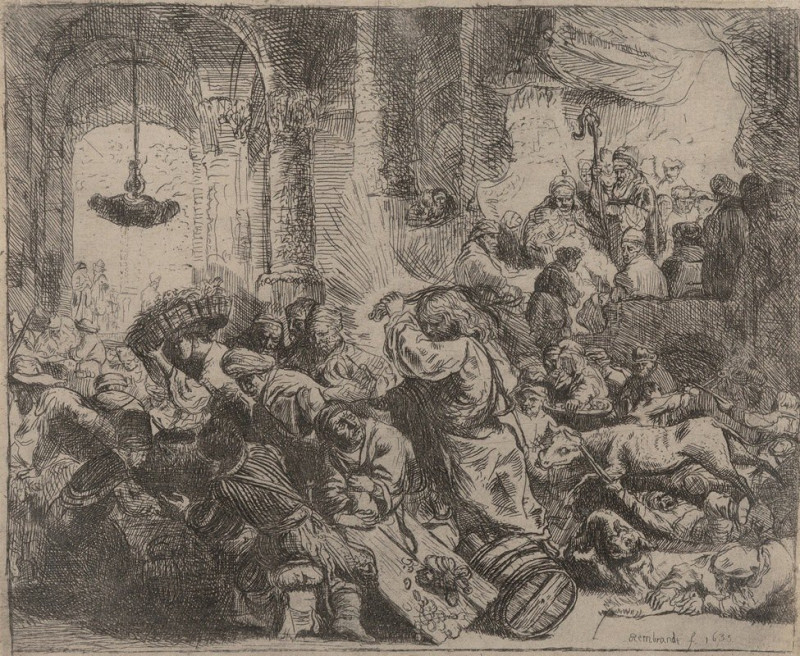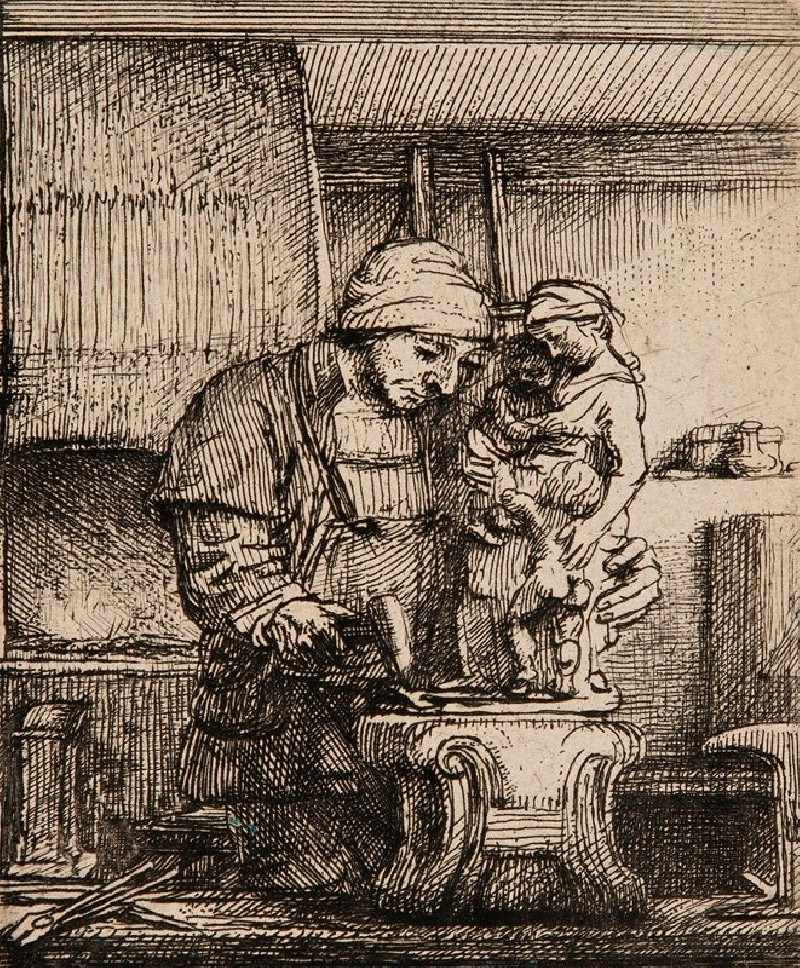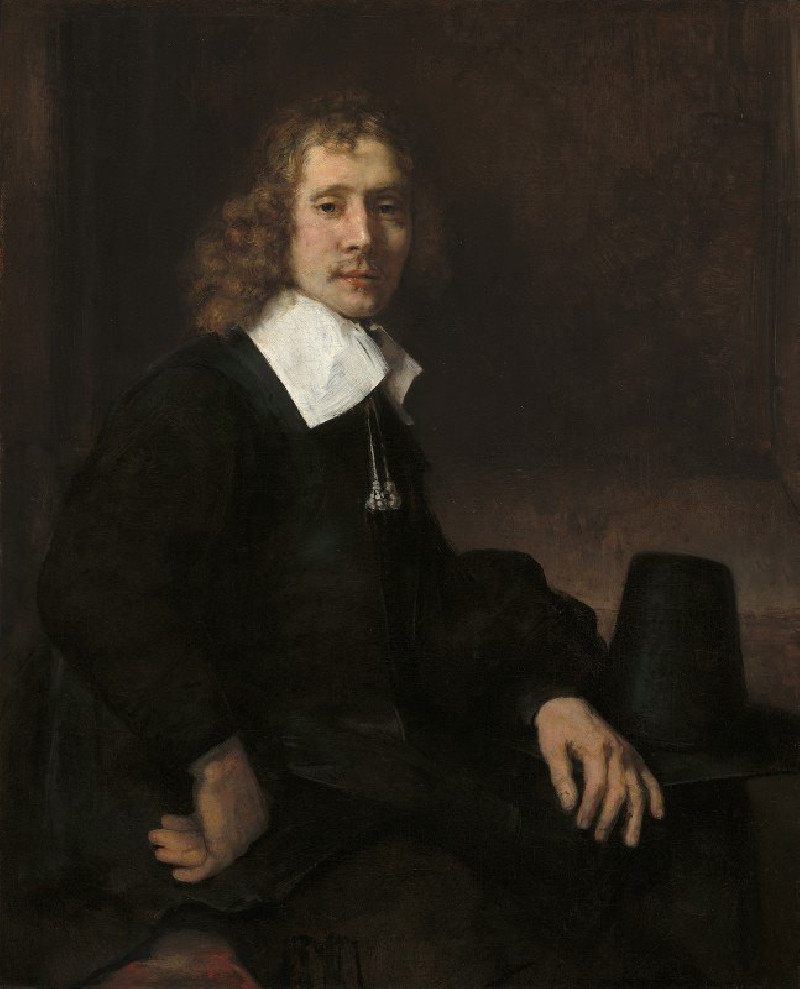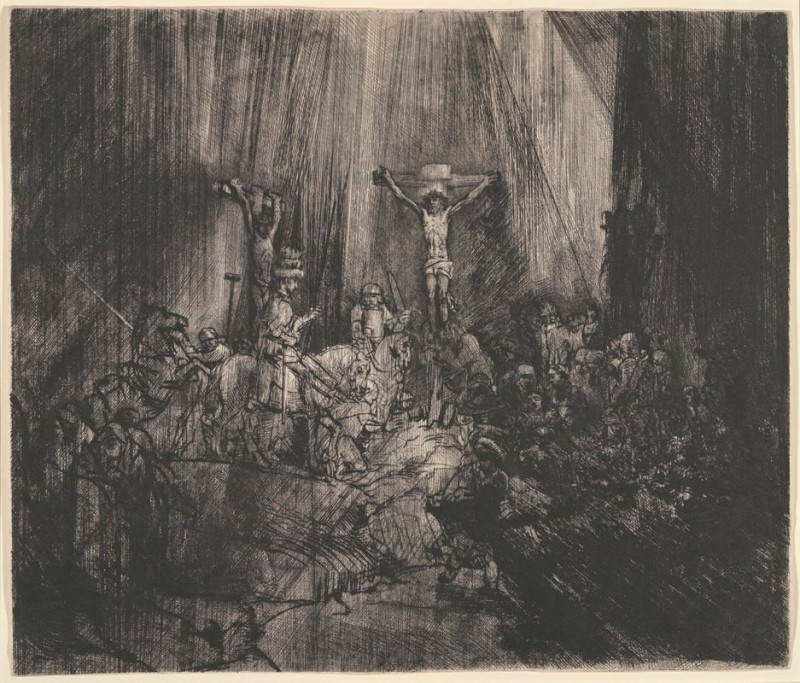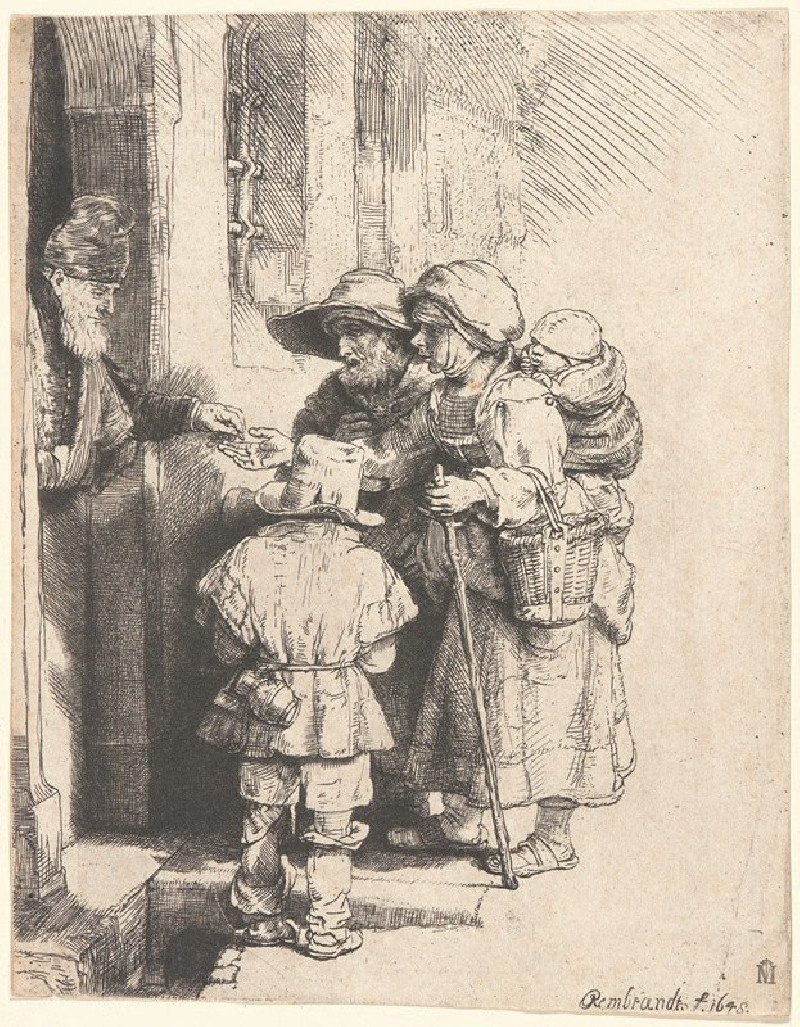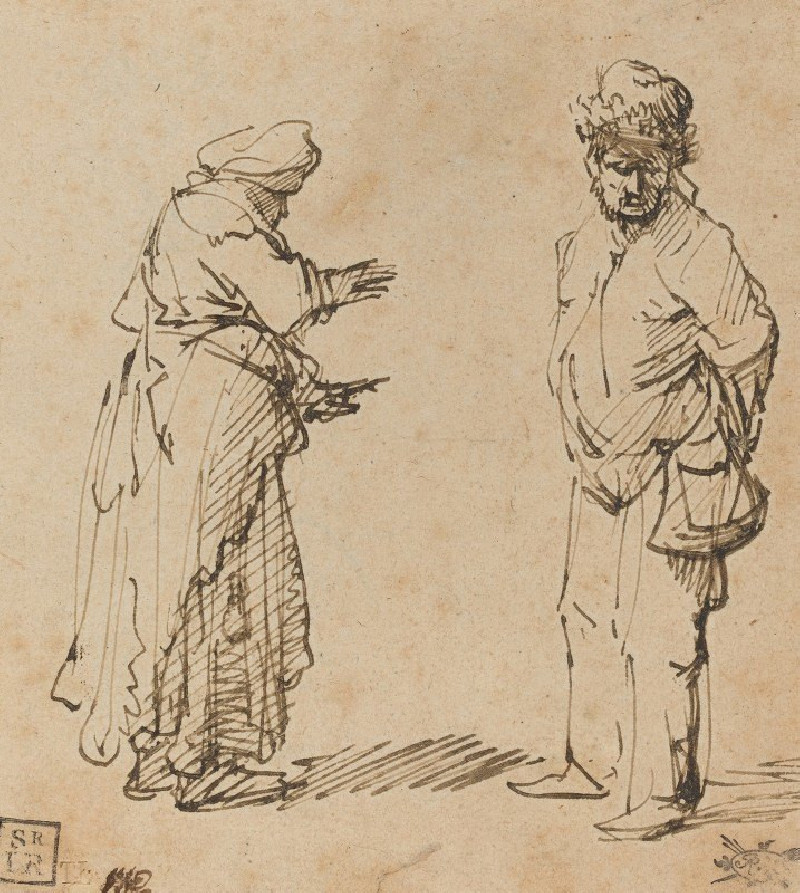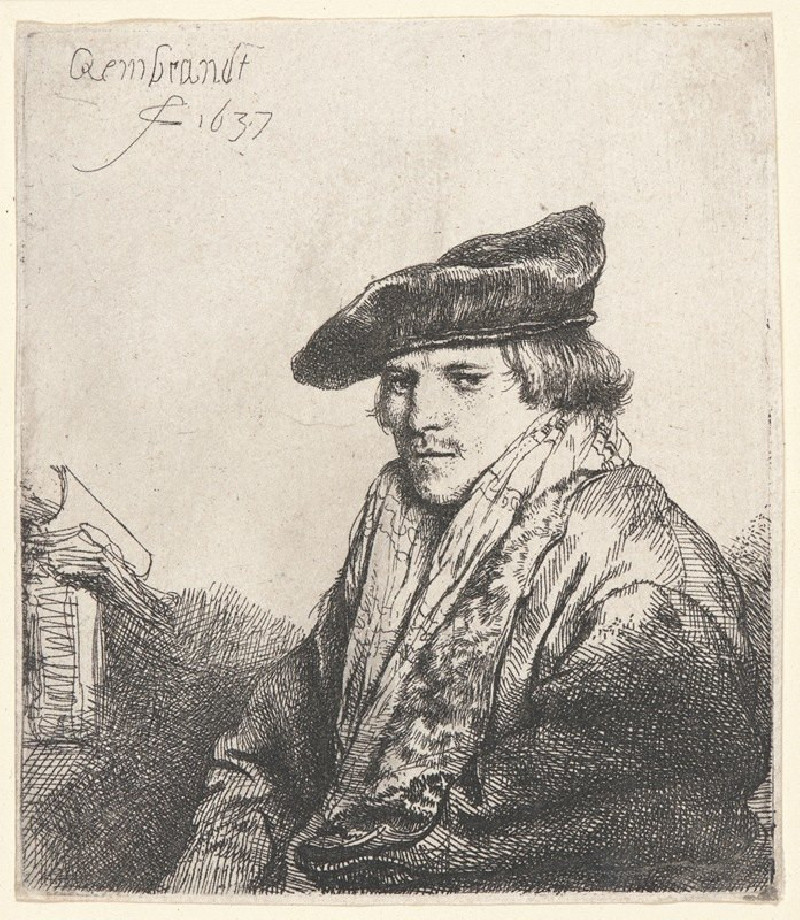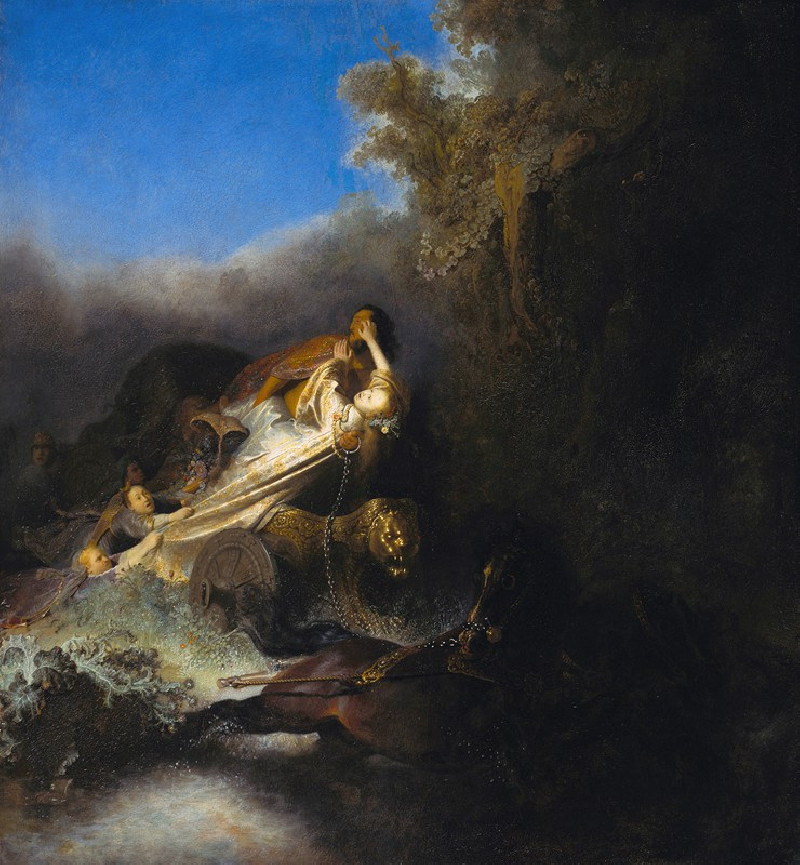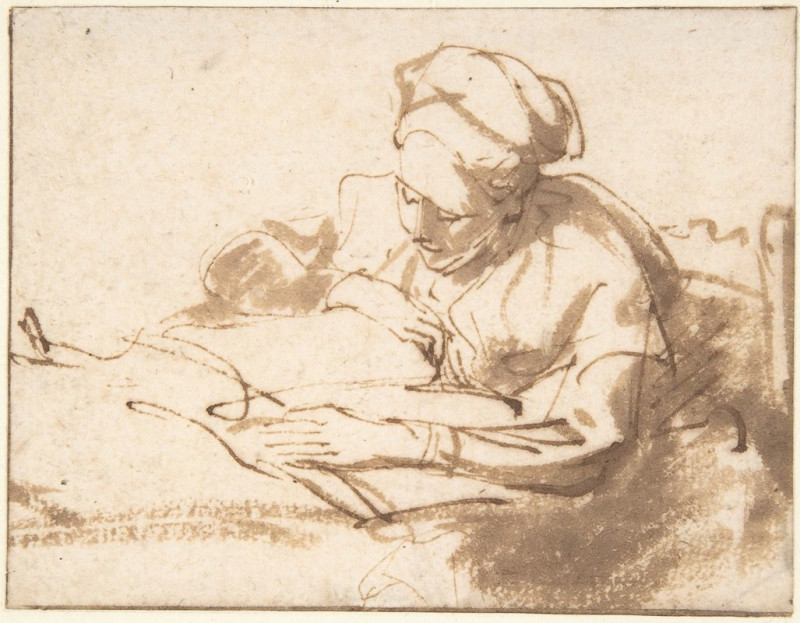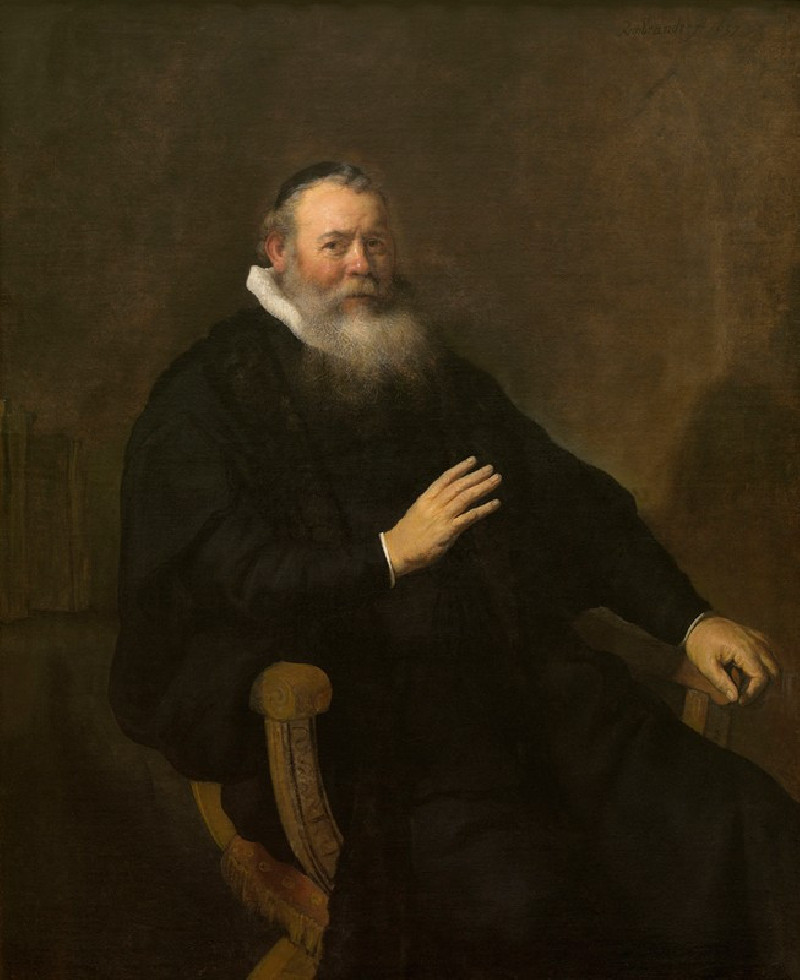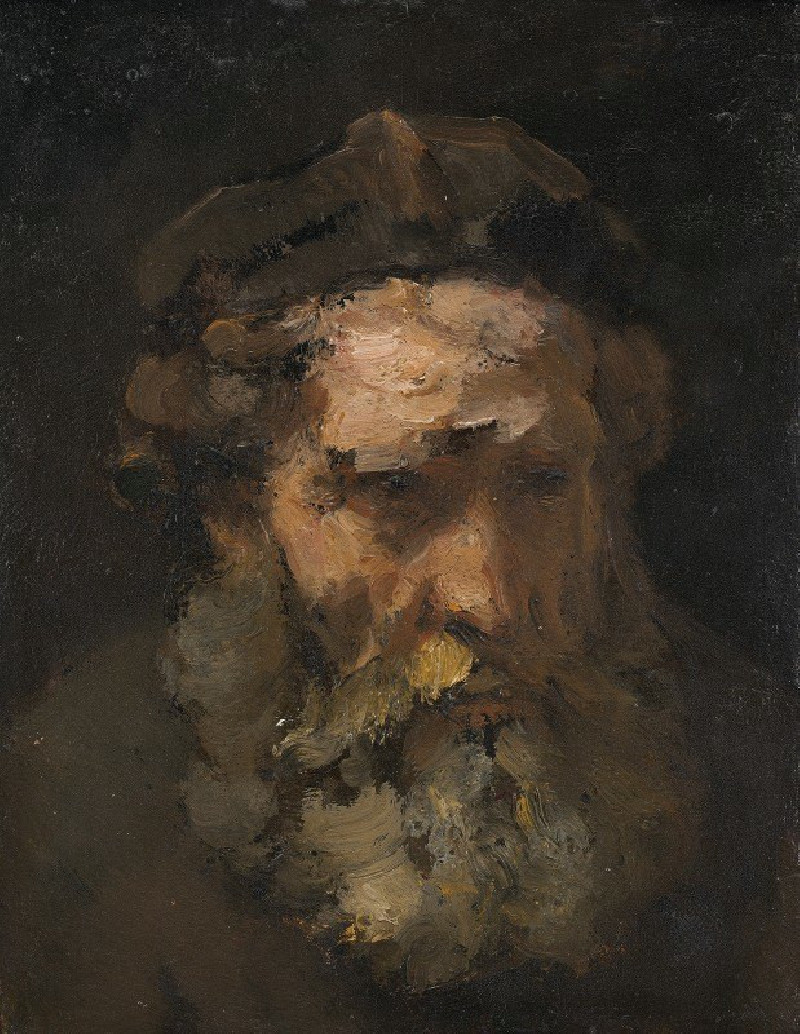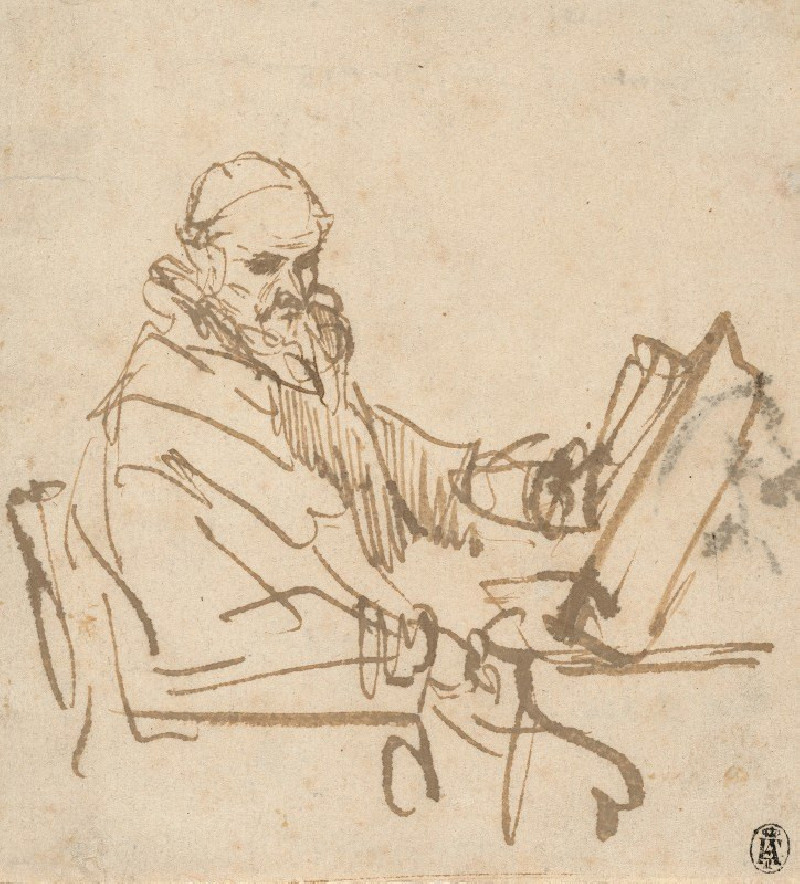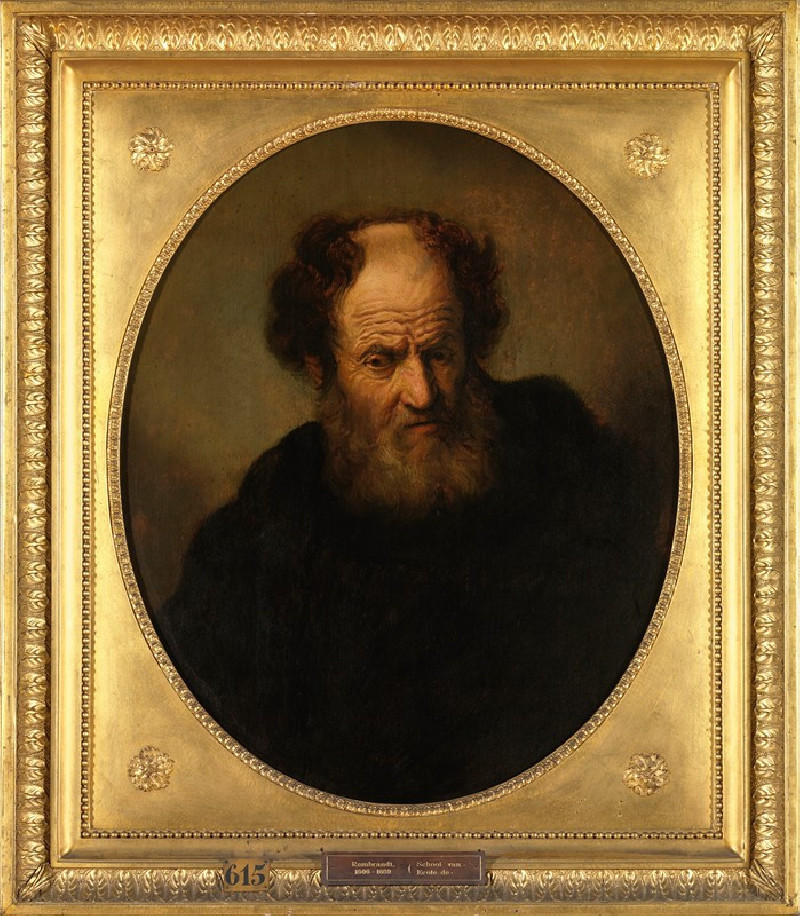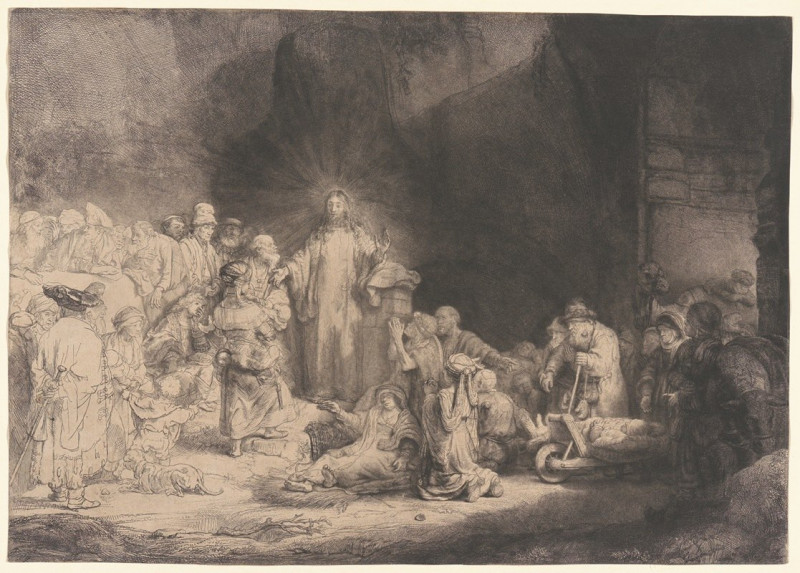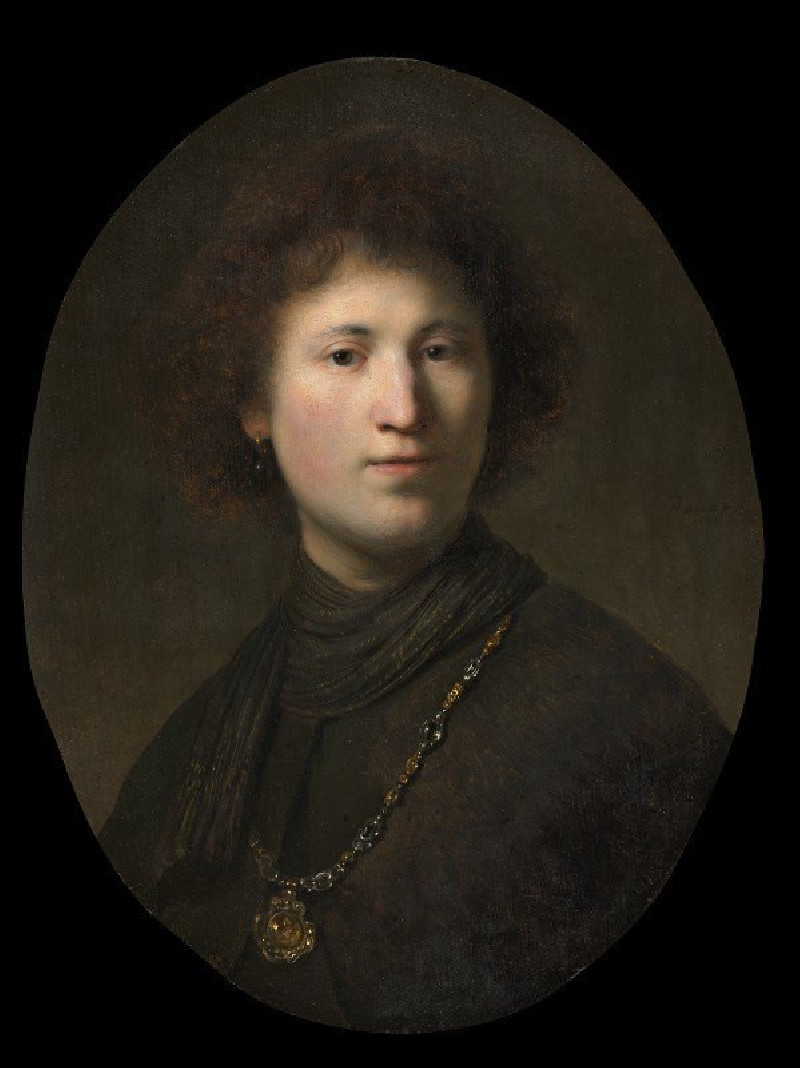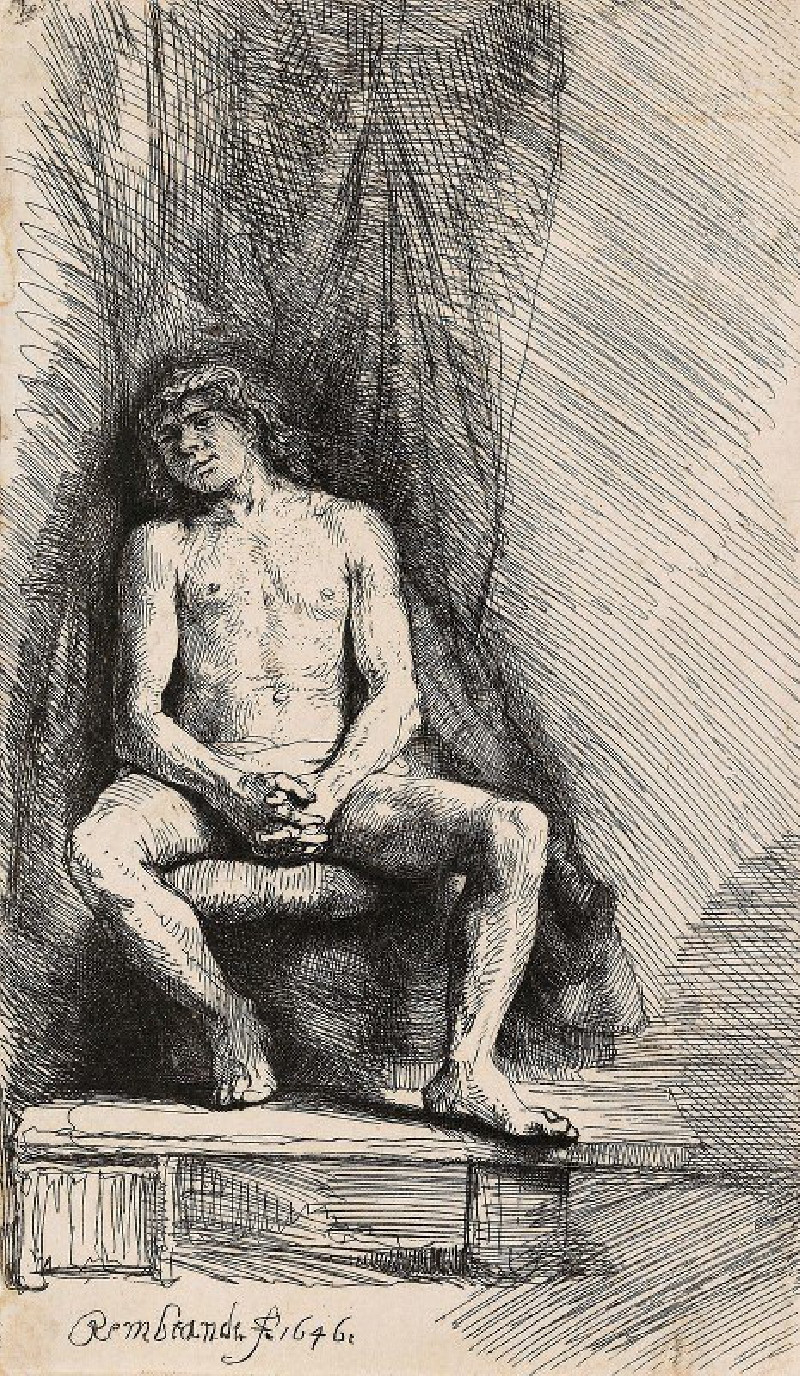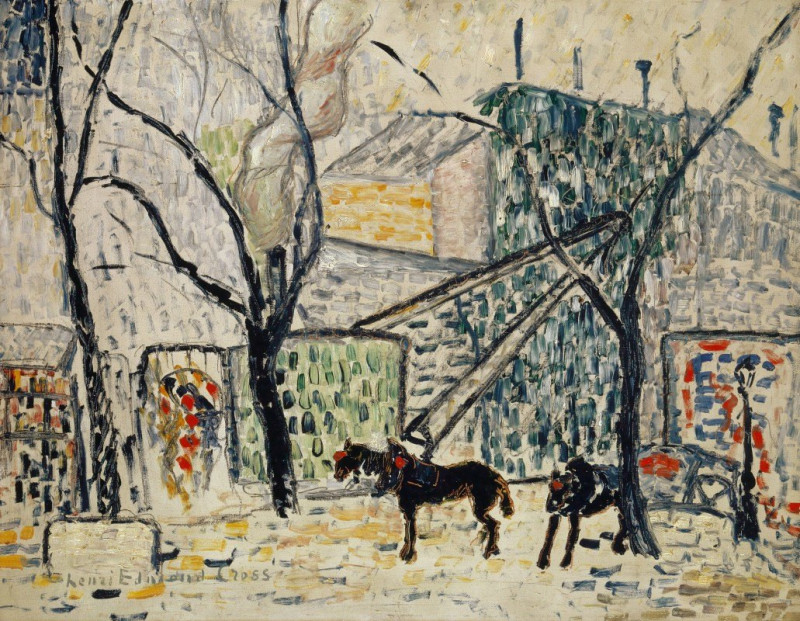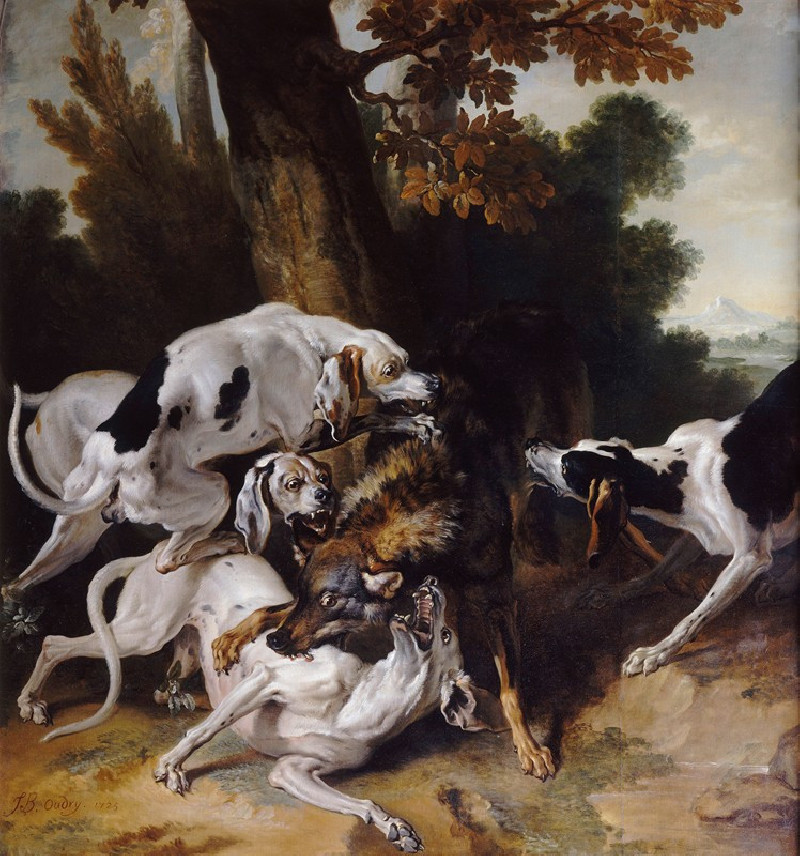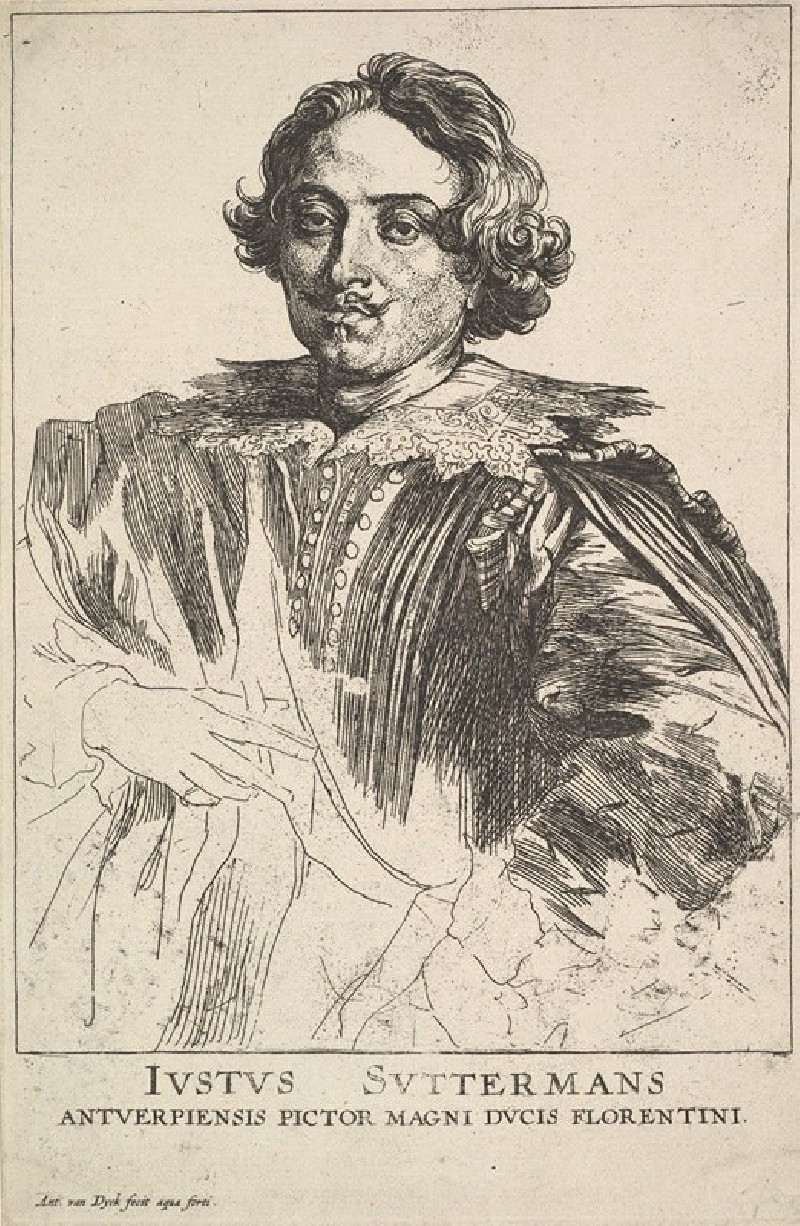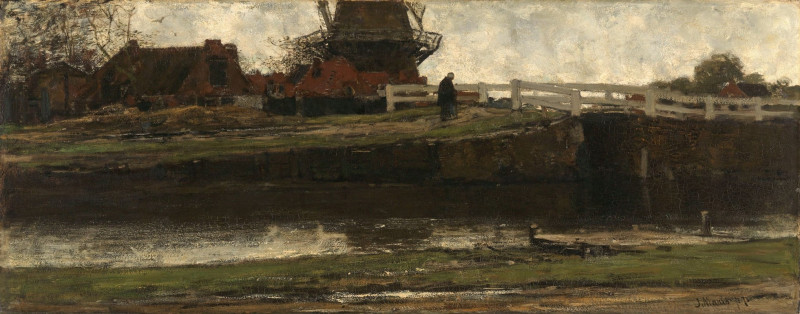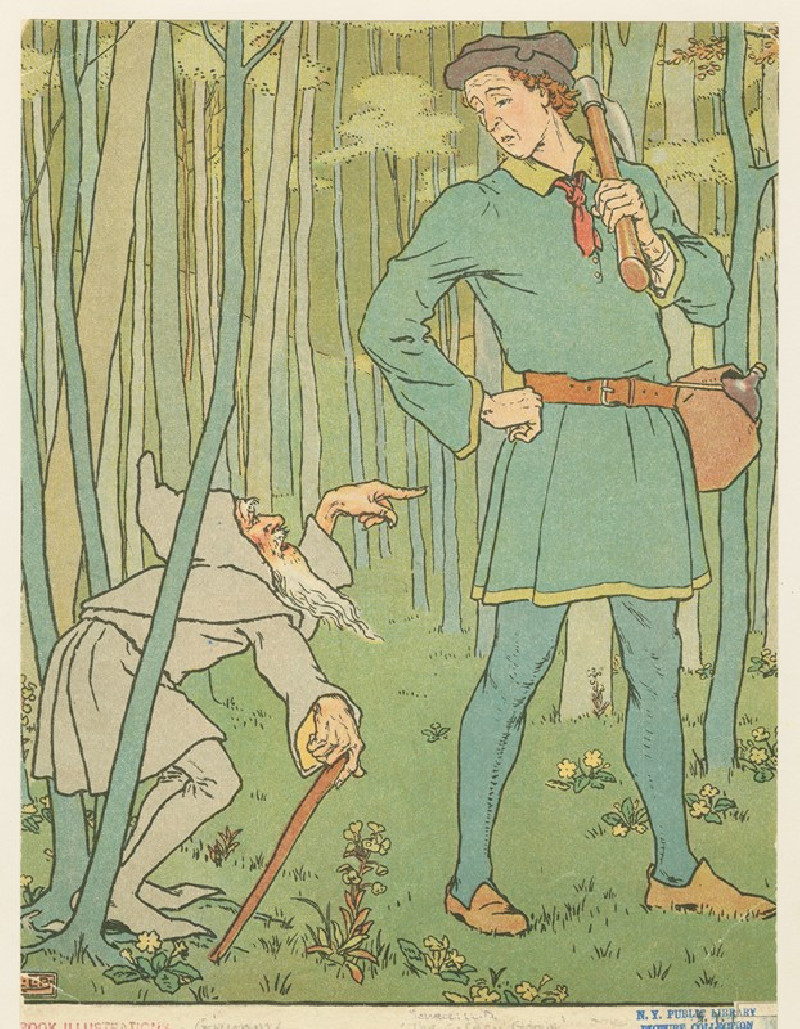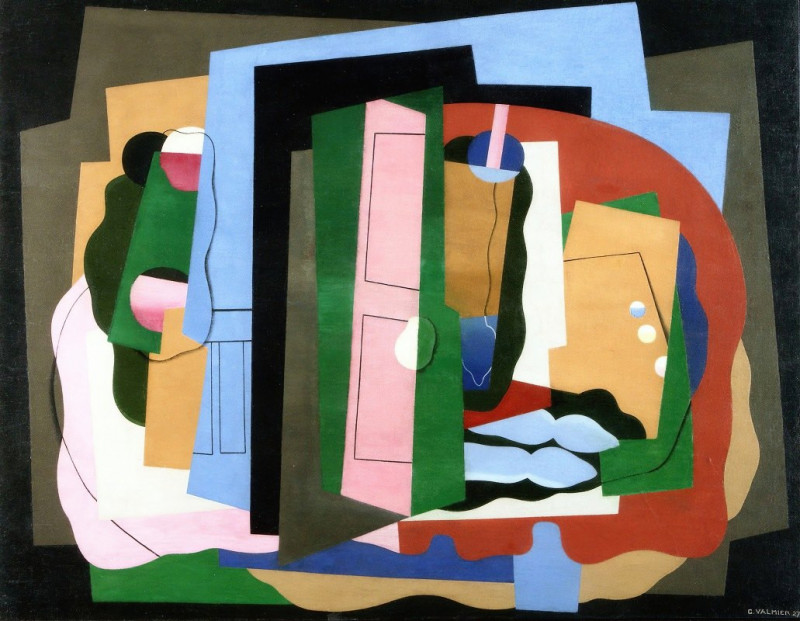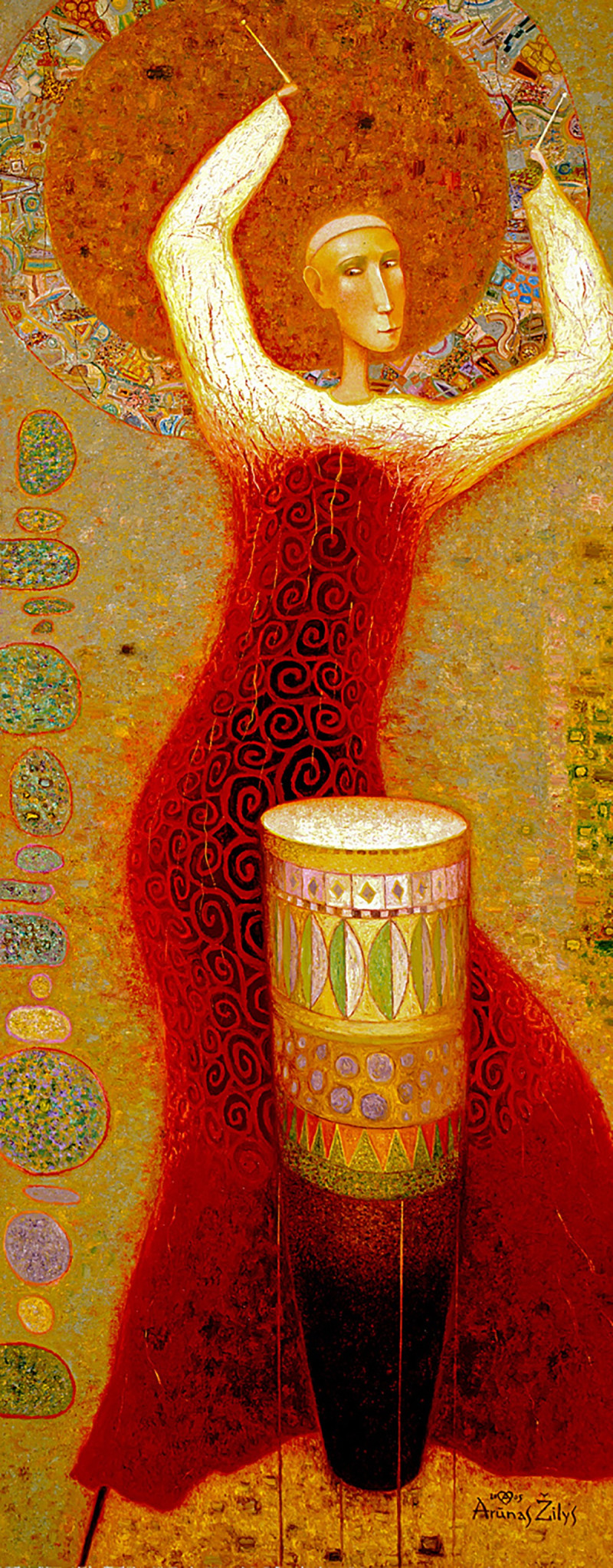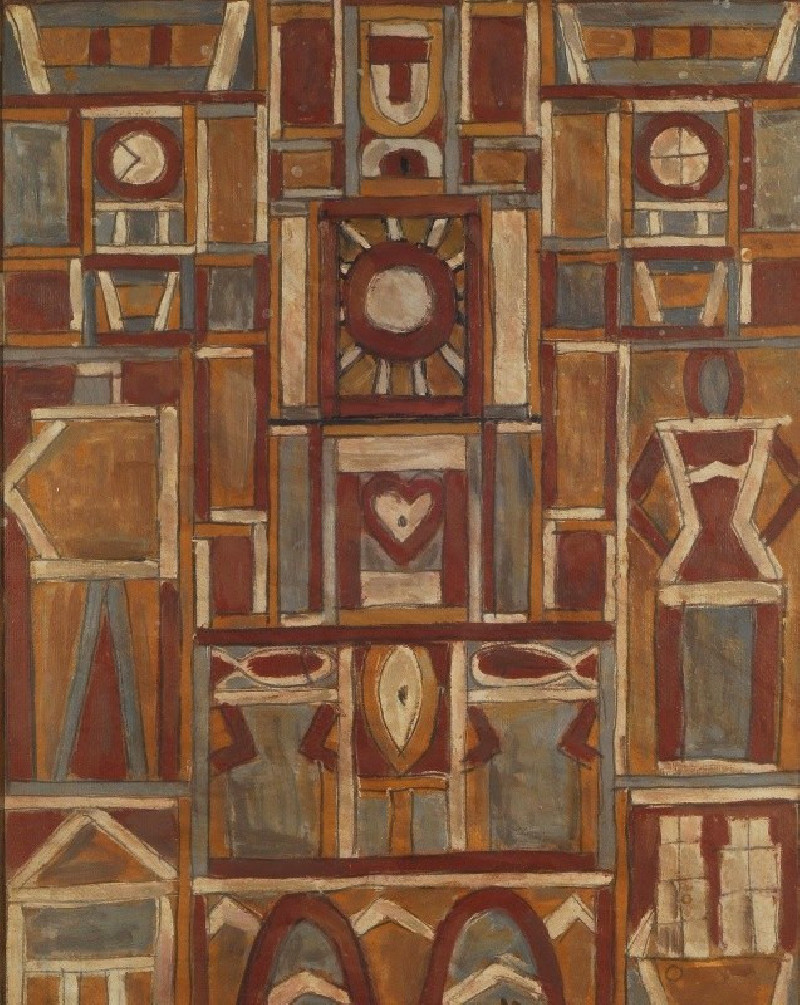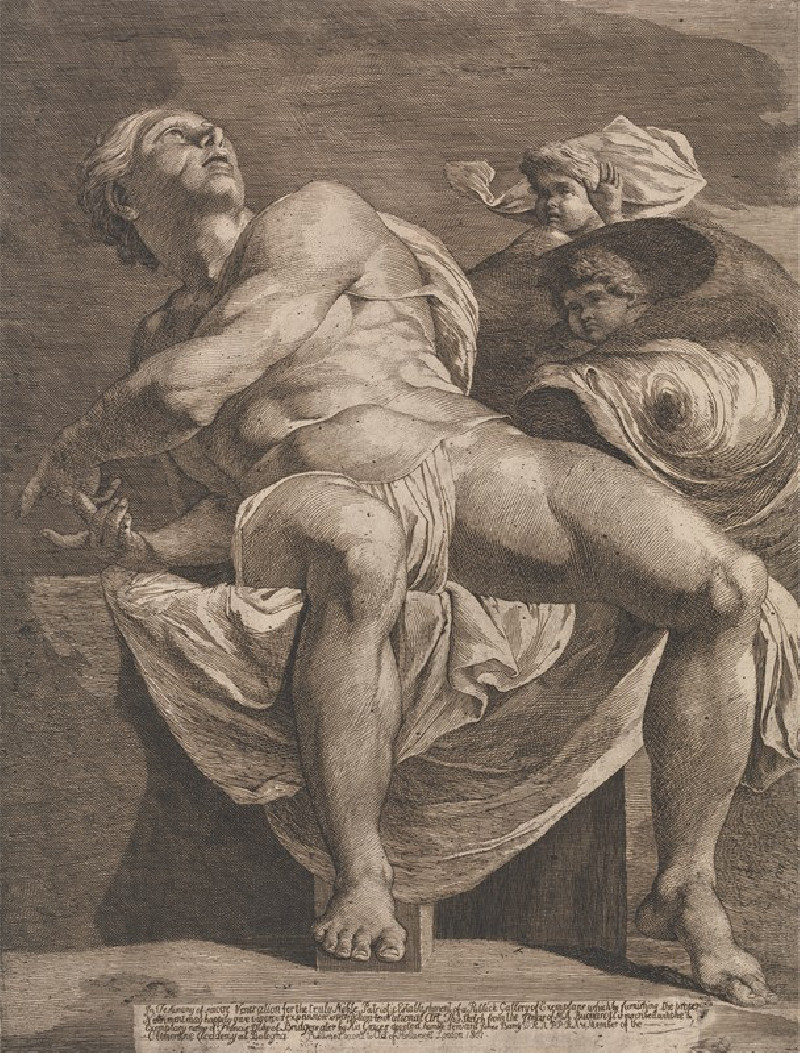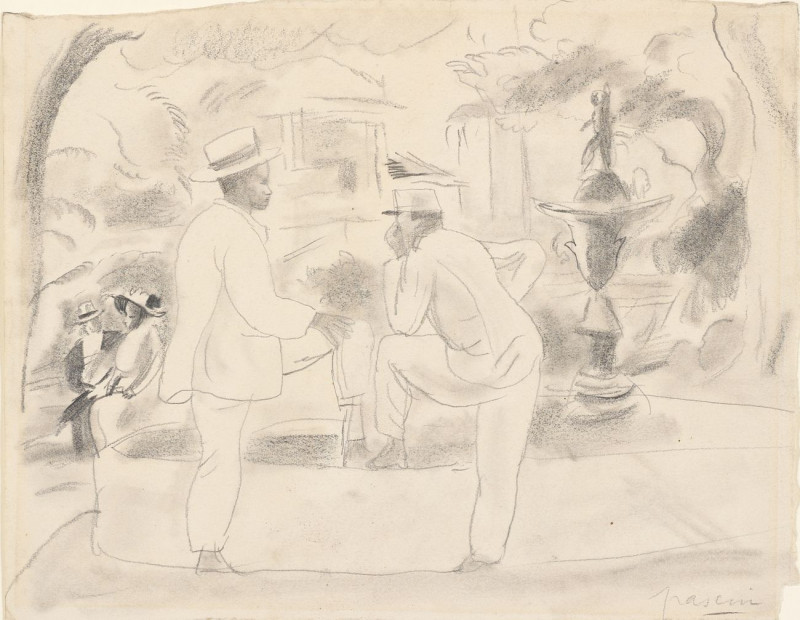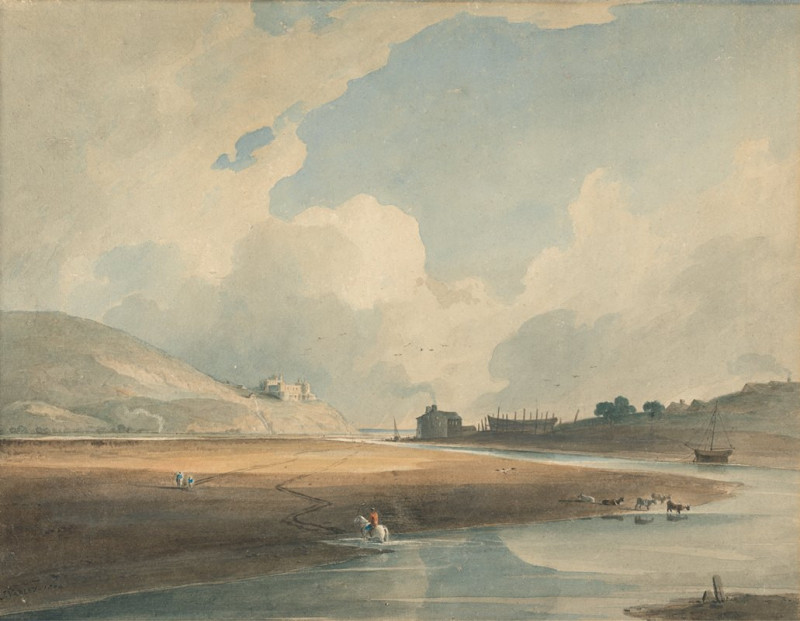Shah Jahan and Dara Shikoh (1656–1661)
Technique: Giclée quality print
Recommended by our customers
More about this artwork
We are delighted to present a remarkable piece from our collection, "Shah Jahan and Dara Shikoh," created by the eminent Dutch artist Rembrandt van Rijn between 1656 and 1661. This exquisite drawing reflects Rembrandt's deep fascination with the Mughal Empire, which was flourishing during his lifetime far away in India.The artwork captures an intimate moment between the Mughal Emperor Shah Jahan and his eldest son, Dara Shikoh. Both figures are rendered with striking detail and poise, embodying the majesty and dignity often associated with Mughal royalty. Shah Jahan, known for commissioning the magnificent Taj Mahal, is depicted with a halo around his head, symbolizing his exalted status. He stands regally in conversation with his son, who is attentively holding a small bird, possibly signifying the refined cultural pursuits and love for nature prevalent at the Mughal court.Rembrandt's skill in portraiture and character study shines through in this work. His use of delicate line work and subtle shading on the fine textiles and intricate jewelry worn by the figures demonstrates his careful study and appreciation of Mughal attire and aesthetics, likely inspired by Mughal miniatures which were being collected in Amsterdam during his time.This drawing is not only a testament to Rembrandt's mastery in capturing human emotion and nobility but also serves as a fascinating example of cultural exchange between the East and the West during the 17th century.
Delivery
Returns
Rembrandt Harmenszoon van Rijn was a Dutch draughtsman, painter, and printmaker. An innovative and prolific master in three media, he is generally considered one of the greatest visual artists in the history of art and the most important in Dutch art history. Unlike most Dutch masters of the 17th century, Rembrandt's works depict a wide range of style and subject matter, from portraits and self-portraits to landscapes, genre scenes, allegorical and historical scenes, and biblical and mythological themes as well as animal studies.

